Author: Will Lovell
A common method employed by brewers looking to save some money involves harvesting and reusing yeast from a previous batch. In doing this, there are certain recommendations intended to ensure a successful fermentation, one being that the yeast slurry come from a beer that’s less flavorful than the batch it will be pitched into, though in some cases, flavor carryover may be more of a pro than a con.
Smoked beers achieve their unique aromatic and flavor characteristics from the use of malt that has been exposed to smoke, and once fermented, the remnant yeast slurry possesses some of those characteristics. While smoked malts tend to be quite pungent, fermenting with yeast previously used in a more traditional smoked beer is said to impart a more subtle smokiness; in fact, it’s one of the techniques used to produce Helles Schlenkerla Lager, which isn’t made with smoked malt.
I happen to be one of the seemingly few people who enjoy smoked beer, and while I don’t find pungent smokiness off-putting, there are certain styles I feel benefit from a more subtle smoke character. Having recently brewed a standard smoked beer, I was curious how much smokiness might carryover to a Helles fermented with yeast harvested from that batch, so I designed an xBmt to test it out for myself.
| PURPOSE |
To evaluate the differences between a Munich Helles fermented with a clean yeast cake and one where the yeast was previously used to ferment a smoked beer.
| METHODS |
For this xBmt, I went with a simple Munich Helles recipe that I thought would accentuate any impact of the variable.
A Fool’s Paradise
Recipe Details
| Batch Size | Boil Time | IBU | SRM | Est. OG | Est. FG | ABV |
|---|---|---|---|---|---|---|
| 5.5 gal | 60 min | 20.7 | 4.7 SRM | 1.05 | 1.012 | 4.99 % |
| Actuals | 1.05 | 1.012 | 4.99 % | |||
Fermentables
| Name | Amount | % |
|---|---|---|
| Pilsner | 11 lbs | 92.15 |
| Munich Malt | 12 oz | 6.28 |
| Melanoidin | 3 oz | 1.57 |
Hops
| Name | Amount | Time | Use | Form | Alpha % |
|---|---|---|---|---|---|
| Hallertau Mittelfruh | 24 g | 60 min | Boil | Pellet | 5.2 |
| Hallertau Mittelfruh | 15 g | 15 min | Boil | Pellet | 5.2 |
| Tettnang | 17 g | 5 min | Boil | Pellet | 2.2 |
Yeast
| Name | Lab | Attenuation | Temperature |
|---|---|---|---|
| Global (L13) | Imperial Yeast | 77% | 32°F - 32°F |
Notes
| Water Profile: Ca 51 | Mg 2 | Na XX | SO4 63 | Cl 49 |
Download
| Download this recipe's BeerXML file |
A few weeks ahead of time, I brewed a Märzen and a Rauchbier, the latter of which was the same as the former except I used 40% smoked malt in place of Pilsner malt. I started this xBmt brew day by collecting identical volumes of RO water in separate Delta Brewing AIO units, adjusting both to the same desired profile, and setting the controllers to heat them up before milling the grains.
When waters were properly heated, I incorporated the grains and set the controllers to maintain the same target mash temperature.
During the mash rests, I prepared the kettle hop additions.
With each 60 minute mash complete, I removed the grains and proceeded to boil for 60 minutes, adding hops at the times stated in the recipe.
When the boils were complete, I quickly chilled the worts with my JaDeD Brewing Hydra IC before transferring them to separate Kegmenters, one containing the clean Imperial Yeast L13 Global yeast cake while the other had the yeast that previously fermented a Rauchbier.
Refractometer readings indicated the worts were at the same target OG.
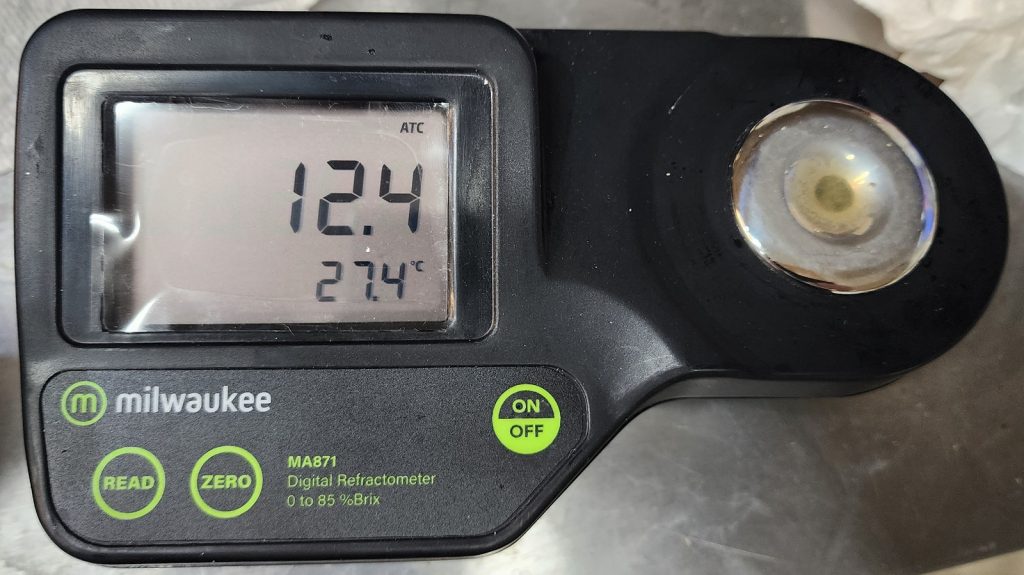
The beers were left to ferment at 64°F/18°C for a week before I took a hydrometer measurements showing a very small difference in FG.
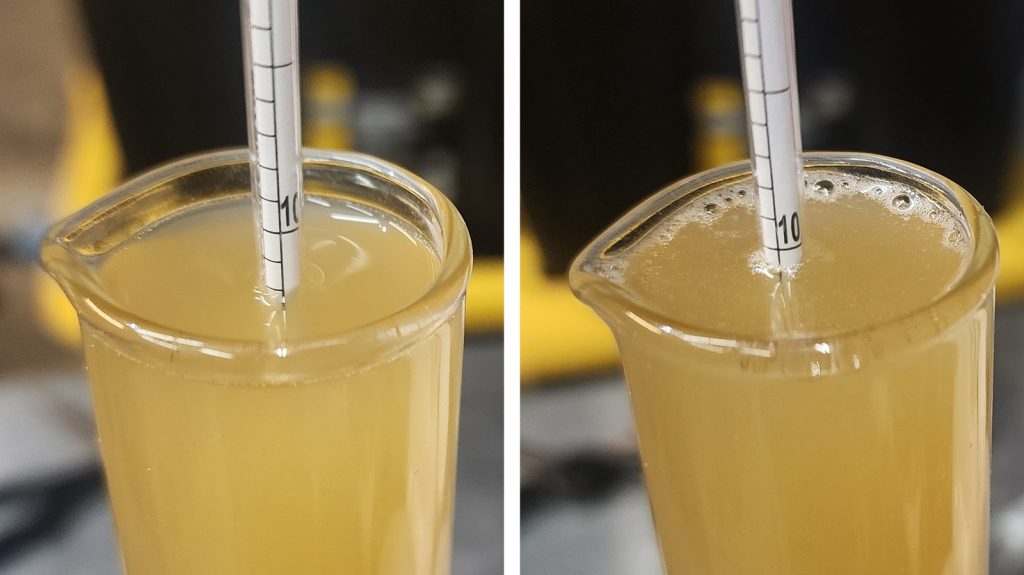
At this point, I racked the beers to sanitized kegs that were placed in my keezer and left on gas for 2 weeks before I they were ready for evaluation.
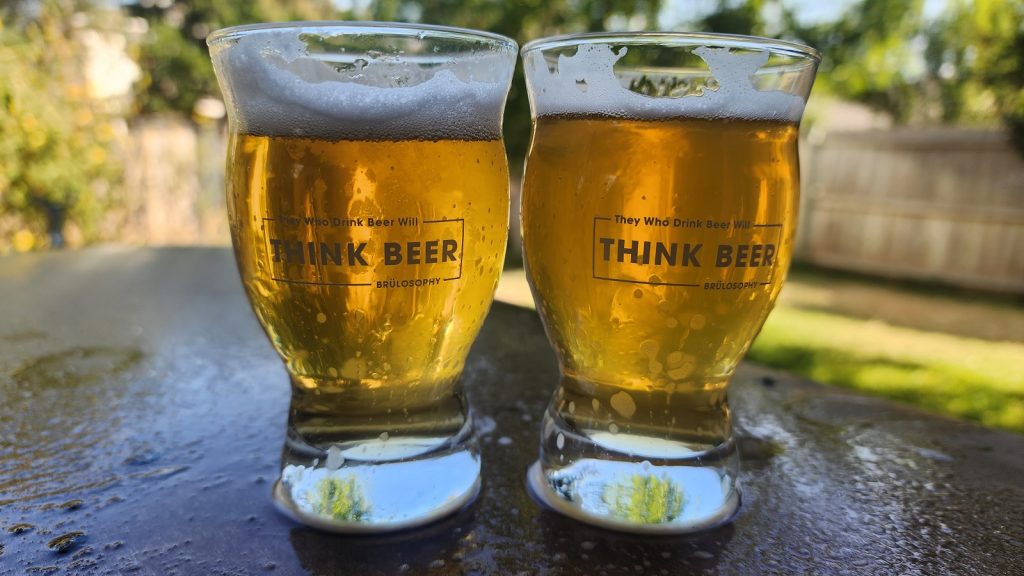
| RESULTS |
A total of 20 people of varying levels of experience participated in this xBmt. Each participant was served 1 sample of the beer fermented on clean yeast and 2 samples of the beer fermented on smoked yeast in different colored opaque cups then asked to identify the unique sample. While 11 tasters (p<0.05) would have had to accurately identify the unique sample in order to reach statistical significance, 12 did (p=0.013), indicating participants in this xBmt were able to reliably distinguish a Munich Helles fermented with yeast previously used to ferment a clean Märzen from one fermented with yeast previously used to ferment a similar beer made with 40% smoked malt.
The 12 participants who made the accurate selection on the triangle test were instructed to complete a brief preference survey comparing only the beers that were different. A total of 3 tasters reported preferring the beer fermented on clean yeast, 8 said they liked the beer fermented with smoked yeast more, and 1 had no preference despite perceiving a difference.
My Impressions: Out of the 5 my semi-blind triangle tests I attempted, I was able to identify the odd-beer-out 4 times, which while not perfect, is consistent enough to suggest I could detect a real difference. I thought both of these beers tasted delicious, but I was partial to the subtle smokiness in the version fermented with yeast previously used to make a Rauchbier, a perfect accompaniment to grilling steaks on a hot Texas day!
| DISCUSSION |
One of the more controversial styles, smoked beer is deeply rooted in tradition, and while they’re rather uncommon these days, select German breweries such as Schlenkerla and Spezial are carrying on the tradition. Typically, smoked beers are made a decent portion of malt that has been exposed to smoke, though for a subtler smokiness, some brewers simply repitch yeast that was used to ferment a standard smoked beer. Indeed, tasters in this xBmt were able to reliably distinguish a Munich Helles fermented with yeast previously used to ferment a clean Märzen from one fermented with yeast previously used to ferment a similar beer made with 40% smoked malt.
In brewing, phenols are most often discussed in the context of Belgian ale and Weissbier where they present as a pepper or clove. However, smoke also contains phenols that are created during the wood burning process, and the results of this xBmt suggest a portion of those phenols fall out of solution during fermentation and collect in the resultant yeast cake.
As a fan of smoked beer of varying pungencies, it’s cool to know that after brewing a more traditional Rauchbier, I can reuse the yeast to create something with a bit more subtle smokiness. For this xBmt, I racked fresh wort onto an entire yeast cake, but I suspect I would have achieved similar results by using a portion of the yeast slurry, which would allow for additional slurry to be saved for future batches. For those who appreciate a more delicate smoke character, this approach may be just the ticket, and it’s one I absolutely will continue using.
If you have any thoughts about this xBmt, please do not hesitate to share in the comments section below!
Support Brülosophy In Style!
All designs are available in various colors and sizes on Amazon!
Follow Brülosophy on:
FACEBOOK | TWITTER | INSTAGRAM
If you enjoy this stuff and feel compelled to support Brulosophy.com, please check out the Support page for details on how you can very easily do so. Thanks!


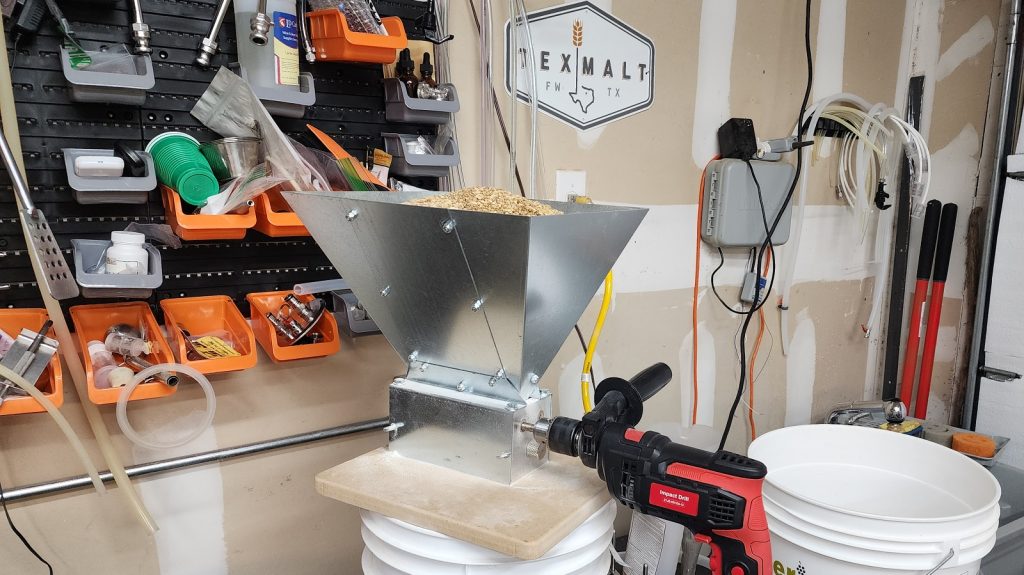
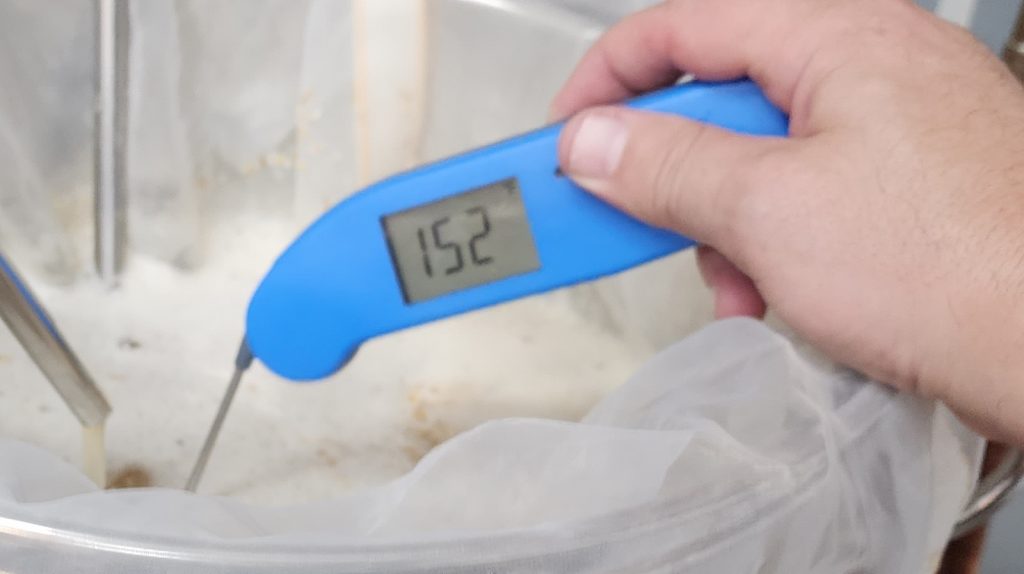
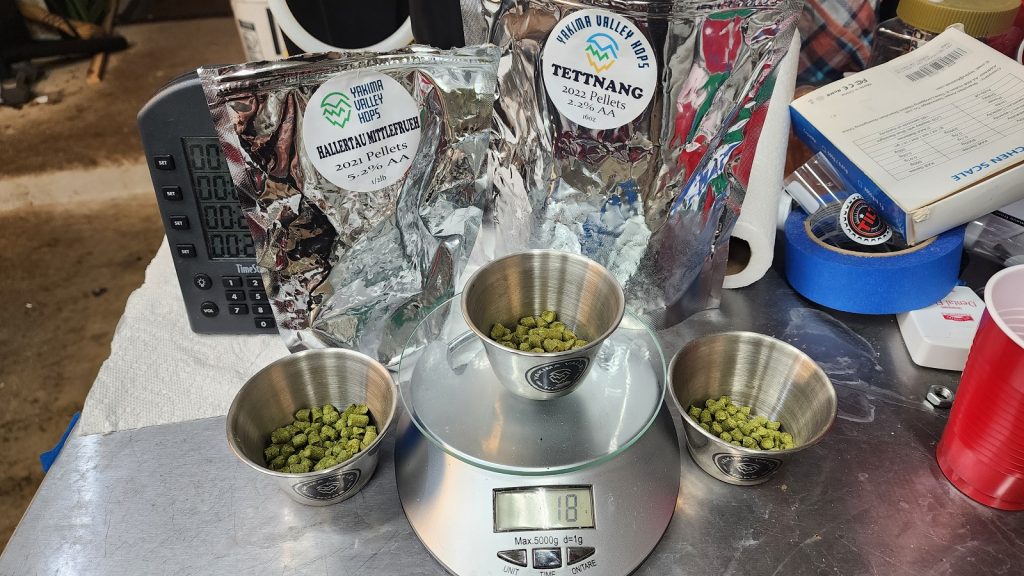
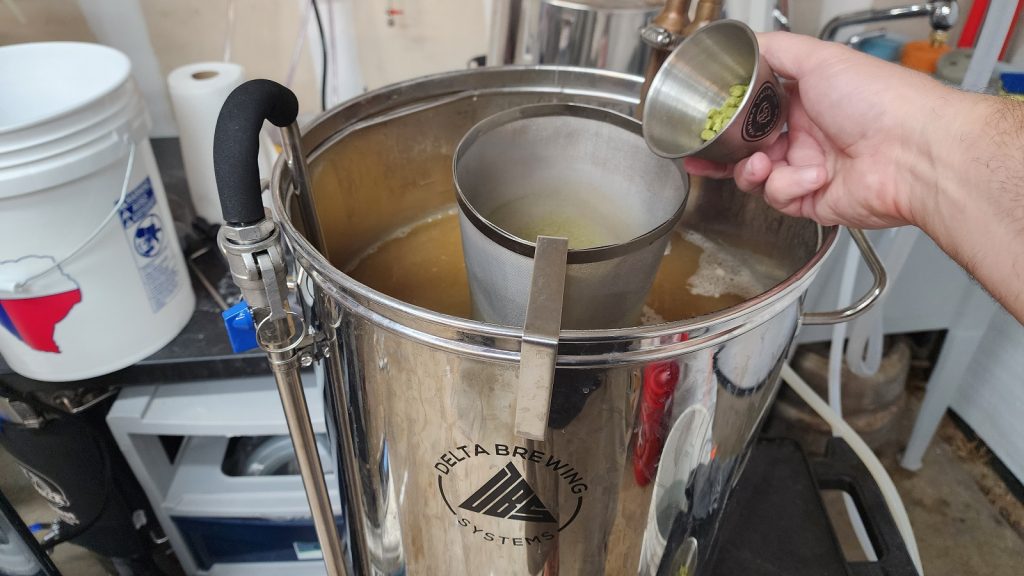
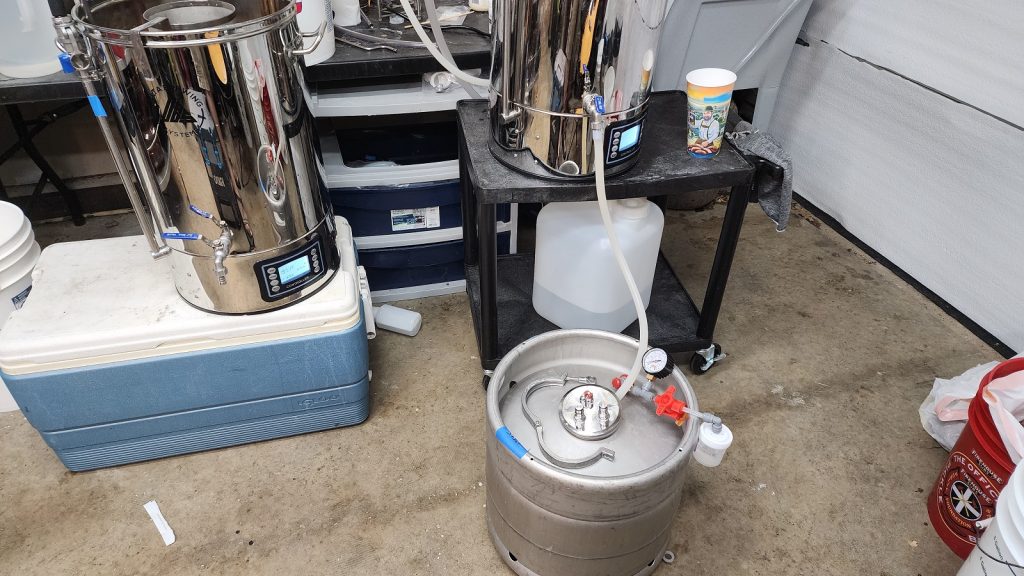











10 thoughts on “exBEERiment | Impact Fermenting With Yeast Previously Used To Ferment A Smoked Beer Has On A Munich Helles”
Love the article. I’m also a fan of smoked beer but never brewed or have had a lot of commercial examples. Curious if the smoke flavor Carrie’s through equipment and beer lines?
I’ve made several smoked beers and I don’t recall experiencing line taint from the smoky flavors. You should be good.
Thanks for doing this! It’s one I had thought of suggesting. I love brewing smoked beers and have been toying with the idea of a smoked schlenkerla doppelbock clone at 14% abv. Dumping a whole rauchbier yeast cake into the wort might be a good way to achieve this.
Thanks James! If subtle smoke is what you’re going for, then I think this is a great method! If you like it a bit more pungent, then obviously adding some smoked malt would be a better option.
I just did this at Three Magnets Brewing and the Helles has done really well. It is very subtle but helps tell the story having the rauchbier next to it on tap. Somone interrupted me at a Lager fest to tell me it was not smoked enough wearing brewery garb from two or three breweries at once so I knew I hadn’t struck gold in that moment. I’m being sarcastic in that I think it’s the most interest helles I’ve ever brewed and I have done them using smoked malt.
I do think this is a great method of adding smoke, but not too much. Helles is a very delicious style, but the flavors are a bit more nuanced. I think if you made a smoke bomb of a helles, you’re detracting from the base beer a bit too much. Hopefully next time I’m up your way, you have another on tap! Cheers!
Are we thinking the subtle smoke is coming from the yeast itself, or the remaining rauchbier that was in the yeast cake? If the latter, a smaller pitch of slurry might not have the same effect.
Maybe the amount of slurry is a lever to push or pull to see how much smoke you get, or don’t get. It is a curious idea that might be worth exploring a bit. I would assume Schlenkerla isn’t just putting it on a whole yeast cake like I did, so its a question worth asking.
I love the “Ungespundetes” by the brewery Spezial. Their regular beers are smoked, but this one carries just a faint whisper of it that hits you as you tilt the glass towards your nose and leaves you wondering whether there is any smoke to it or not.
Great exbeeriment. I’m a big lover of smoked beer and have used up to 80% in the grist. I’ll have to give this a try. Thanks.